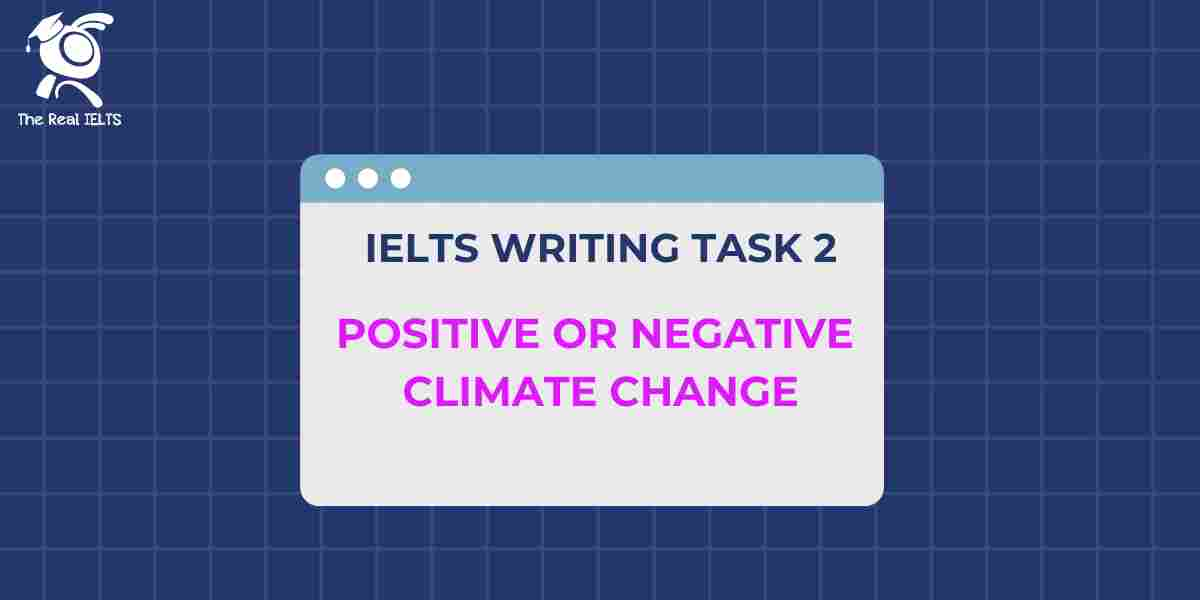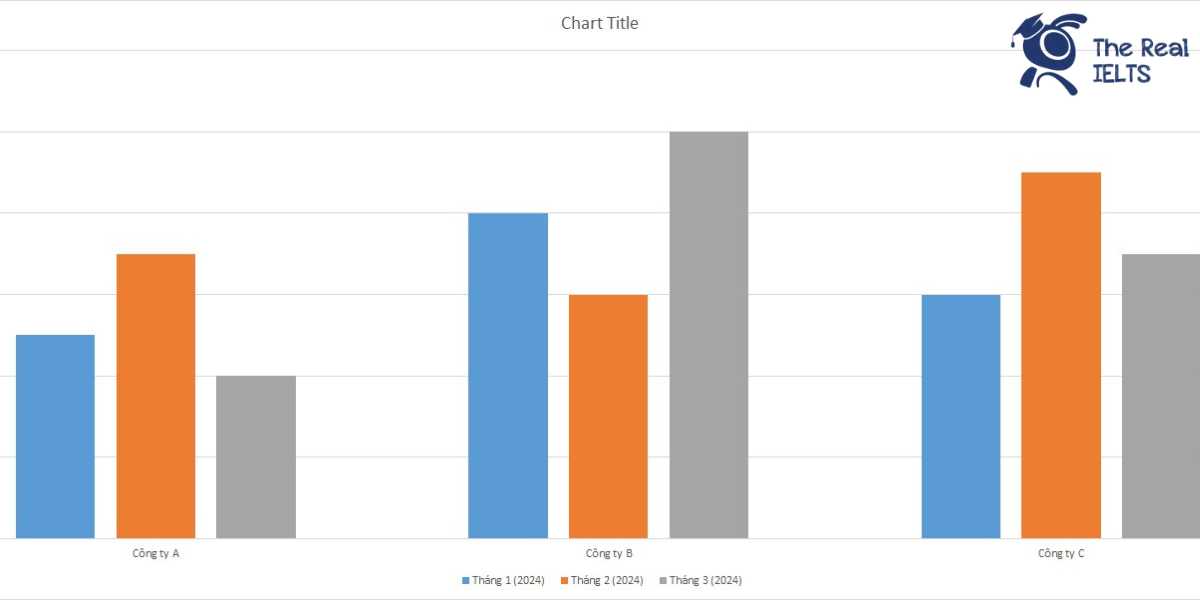Đề bài IELTS Writing Task 2 dạng Agree or Disagree Part 72:
You should spend about 40 minutes on this task
Violent sports should be banned. To what extent do you agree or disagree?
Write at least 250 words.
Giải mẫu IELTS Writing
The question of whether violent sports should be banned is a contentious issue that elicits strong opinions. While some argue that these sports promote aggression and harm participants, others believe they have cultural and personal value. This essay will argue that, while there are concerns regarding the safety and ethical implications of violent sports, they should not be completely banned.
Firstly, it is essential to acknowledge the potential dangers associated with violent sports. Activities such as boxing, mixed martial arts, and rugby can lead to serious injuries, including concussions, fractures, and even long-term neurological damage. These risks raise valid ethical concerns about the welfare of athletes. Moreover, there is the argument that these sports can foster a culture of violence and aggression, particularly among impressionable young viewers who may idolize athletes and mimic their behaviors.
However, banning violent sports entirely may not be the most effective solution. Many of these sports have deep-rooted cultural significance and historical value. For example, martial arts are not only a form of physical exercise but also a discipline that teaches self-control, respect, and perseverance. Additionally, violent sports can provide a controlled environment where individuals can channel their aggression and competitive spirit in a safe manner. With proper regulation, including strict safety protocols and medical supervision, the risks associated with these sports can be mitigated.
Furthermore, the notion of personal freedom should be considered. Adults should have the right to choose whether they wish to participate in or watch violent sports. Instead of imposing an outright ban, efforts could be made to educate the public about the potential risks and promote safer alternatives. This approach respects individual autonomy while also addressing public health concerns.
In conclusion, while violent sports do pose significant risks and ethical dilemmas, a complete ban would overlook the cultural, personal, and recreational value they offer. A more balanced approach, focusing on regulation and education, is preferable to ensure the safety and well-being of participants without infringing on individual freedoms. Therefore, I partially disagree with the idea of banning violent sports entirely.
Cấu trúc ngữ pháp và cấu trúc câu
Cấu trúc câu và ngữ pháp trong bài viết:
- Câu mở đầu (Introduction):
- Dạng câu: Câu phức (complex sentence)
- Cấu trúc: “The question of whether + [subject] + should + [verb] + is a + [adjective] + issue that + [verb phrase].”
- Câu cung cấp quan điểm (Thesis statement):
- Dạng câu: Câu phức (complex sentence)
- Cấu trúc: “While + [clause], + [clause].”
- Câu triển khai lý do (Body paragraphs):
- Câu giải thích lý do và ví dụ:
- Dạng câu: Câu đơn (simple sentence), câu ghép (compound sentence), câu phức (complex sentence)
- Cấu trúc: “Firstly, it is essential to acknowledge + [noun phrase].”
- “Activities such as + [examples] + can lead to + [consequences].”
- “Moreover, there is the argument that + [clause].”
- Câu phản biện:
- Dạng câu: Câu ghép (compound sentence), câu phức (complex sentence)
- Cấu trúc: “However, + [clause], + [clause].”
- “For example, + [clause].”
- Câu giải thích lý do và ví dụ:
- Câu kết luận (Conclusion):
- Dạng câu: Câu ghép (compound sentence), câu phức (complex sentence)
- Cấu trúc: “In conclusion, + [clause], + [clause].”
- “Therefore, + [clause].”
Từ kết nối các câu và đoạn:
- Đoạn mở đầu:
- “While” – Kết nối câu đối lập trong luận điểm chính.
- Đoạn thân bài:
- “Firstly” – Từ nối chỉ thứ tự, bắt đầu luận điểm đầu tiên.
- “Moreover” – Từ nối thêm ý, bổ sung cho luận điểm trước.
- “However” – Từ nối chỉ sự đối lập, giới thiệu ý kiến phản biện.
- “For example” – Từ nối đưa ra ví dụ minh họa.
- Đoạn kết luận:
- “In conclusion” – Từ nối bắt đầu phần kết luận.
- “Therefore” – Từ nối chỉ kết quả, đưa ra kết luận cuối cùng.
Các từ vựng tiếng Anh cần lưu ý trong bài viết
- Contentious – Gây tranh cãi
- Elicit – Gợi ra
- Aggression – Sự hung hăng
- Ethical implications – Hệ quả đạo đức
- Banned – Bị cấm
- Concussions – Chấn thương não
- Fractures – Gãy xương
- Neurological damage – Tổn thương thần kinh
- Ethical concerns – Quan ngại đạo đức
- Impressionable – Dễ bị ảnh hưởng
- Idolize – Thần tượng
- Mimic – Bắt chước
- Deep-rooted – Sâu xa
- Cultural significance – Ý nghĩa văn hóa
- Discipline – Kỷ luật
- Self-control – Sự tự kiểm soát
- Perseverance – Sự kiên trì
- Controlled environment – Môi trường có kiểm soát
- Regulation – Quy định
- Safety protocols – Quy trình an toàn
- Medical supervision – Giám sát y tế
- Mitigated – Giảm thiểu
- Personal freedom – Tự do cá nhân
- Imposing – Áp đặt
- Outright ban – Cấm hoàn toàn
- Public health – Sức khỏe cộng đồng
- Individual autonomy – Quyền tự quyết cá nhân
- Balanced approach – Cách tiếp cận cân bằng
- Recreational value – Giá trị giải trí
- Partially disagree – Không hoàn toàn đồng ý
Đọc thêm các bài Luyện Thi IELTS khác trong link nhé.















